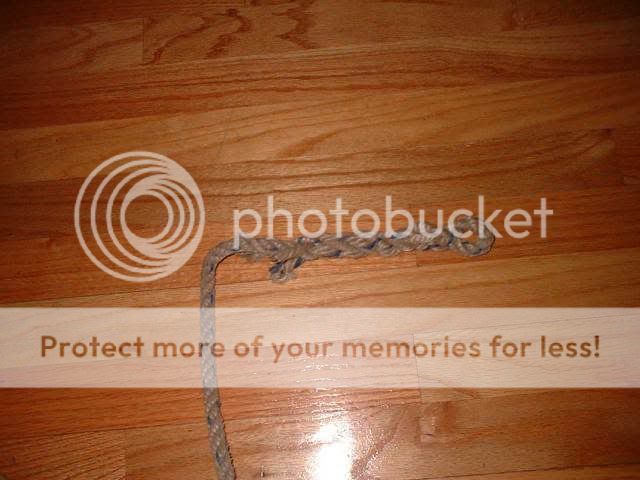beowulf343
Addicted to ArboristSite
I am going to study and go over the lanyard equipment and possibilities. One question about cutting through it with a chain saw. Isn't that why they use wire core? Definitely like the idea of keeping it light, (In the finale of my climbing career I would be taking out tops of trees back on my property in order to drop them without taking out the rest of the woods, that is a ways off time wise) so what's up, safety wise cutting with a rope lanyard?
DON'T CUT THE LANYARD WITH YOUR SAW AND THERE WILL BE NO SAFETY PROBLEMS.
But seriously, have tried steelcore, but don't like it. So been climbing 12 years with rope lanyards and no problems yet. Nicked a lanyard several years ago nothing more serious than that. Have to always keep your mind on the job-always know where your saw is and where it's going to be. And always tie in twice, just in case something does happen. Always use a lanyard and my climbing line when chunking down a stem, just in case i do cut my lanyard, can fall back onto my climbing line. But control of the saw is vital to keeping your lanyard in one piece.





 046 you can fight on my team anyday.
046 you can fight on my team anyday. 



















































